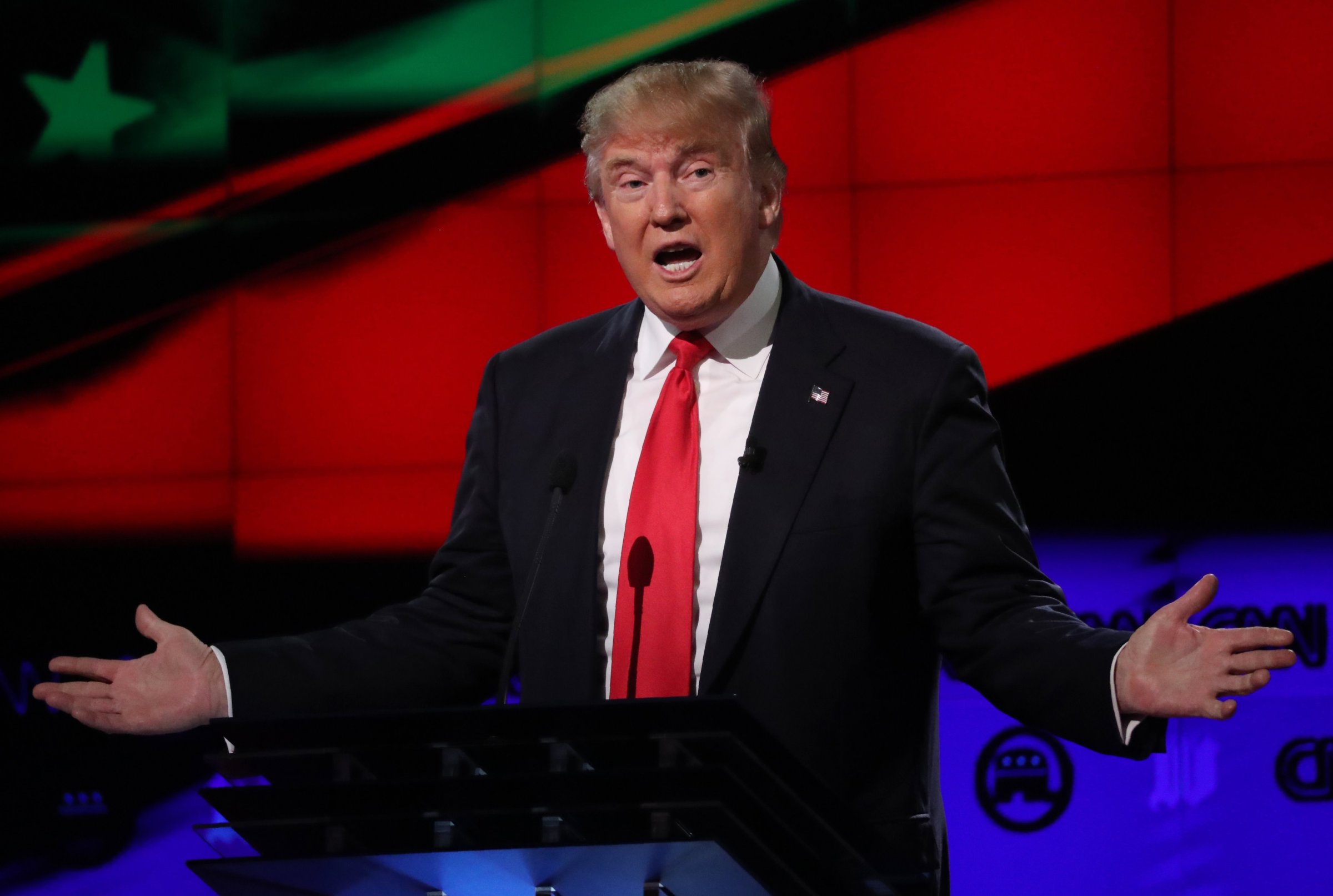
Conversations about trade used to be so simple as to not need articles: free trade good, tariffs bad. But between the surging candidacies of Donald Trump and Bernie Sanders, that has changed radically. This campaign season has reopened the debate around how trade shapes our economy, in often-astonishing ways. And, to a certain extent, the conversation about trade has become a proxy for the one about globalization–is it good for Americans, or bad? The suspicion among voters that elites have been lying to them about the value of trade and globalization for decades is one of the things fueling voter anger and support for both Trump and Sanders.
The truth is mixed. Globalization and “free” trade—the term is a misnomer, really, since it’s never been free—have increased wealth and prosperity at a global level. But they have also increased the wealth divide within countries, in part because these forces created concentrated groups of economic losers in specific parts of our country. One of them, of course, is the Midwestern Rust Belt, where I grew up—that’s why the extent to which both Sanders’ and Trump’s messages resonated in Michigan was no surprise to me at all.
So does that mean that slapping 45% tariffs on American goods, as Trump again admitted might be necessary during the Mar. 10 GOP debate, is the way to go? No. Does it mean Donald Trump would be able to force Chinese president Xi Jinping to change the way his country’s currency is valued? Probably not. But I do think we are entering a new era for trade, because the low hanging fruit in many countries (not just the U.S.) has been plucked. Western elites are going to have to acknowledge something that most on the political right and many on the left have refused to say aloud: free trade doesn’t benefit everyone, all the time. There are winners and losers; the real question is how to properly protect the latter.
On that note, let me fact check some of the points that Trump has been making on the campaign trail, and offer alternates:
China has its own economic and political goals, which are centered around creating as many jobs as possible to avoid the social unrest that would collapse the Communist system. But the country hasn’t “stolen” the majority of U.S. manufacturing jobs. According to the McKinsey Global Institute, the U.S. lost about 1/3rd of its manufacturing base between 2000 and 2010, some 6 million jobs. Only about 700,000 were lost to China, in “tradable” areas like apparel and electronics. The rest were lost because of decreasing consumer demand in the U.S. and elsewhere, largely as a result of economic downturns like the 2008 crisis.That demand loss particularly impacted areas like cars, white goods, machine tools, and lots of other things that U.S. businesses and consumers alike tend to buy at home. By the way, Americans make 73% of what they buy here at home, as BCG consultant Hal Sirkin recently reminded me, a point worth remembering in all this. On that note, there is a bit of good news: America brought back 1 million manufacturing jobs since 2010. That of course doesn’t alleviate the pain in the Rust Belt, but my article on the new American manufacturing explains a bit about why the dynamics of the industry are changing in ways that smart U.S. policy could exploit. Unfortunately, none of them are being discussed by Trump.
Global trade isn’t a zero sum game; it doesn’t have to feel like one. To the extent that Sanders and Trump have opened the debate up, they are doing a service to American workers and workers around the world. But to move forward, many—voters and candidates alike—will have to change, and deepen, their thinking on the topic.
More Must-Reads from TIME
- Why Trump’s Message Worked on Latino Men
- What Trump’s Win Could Mean for Housing
- The 100 Must-Read Books of 2024
- Sleep Doctors Share the 1 Tip That’s Changed Their Lives
- Column: Let’s Bring Back Romance
- What It’s Like to Have Long COVID As a Kid
- FX’s Say Nothing Is the Must-Watch Political Thriller of 2024
- Merle Bombardieri Is Helping People Make the Baby Decision
Contact us at letters@time.com